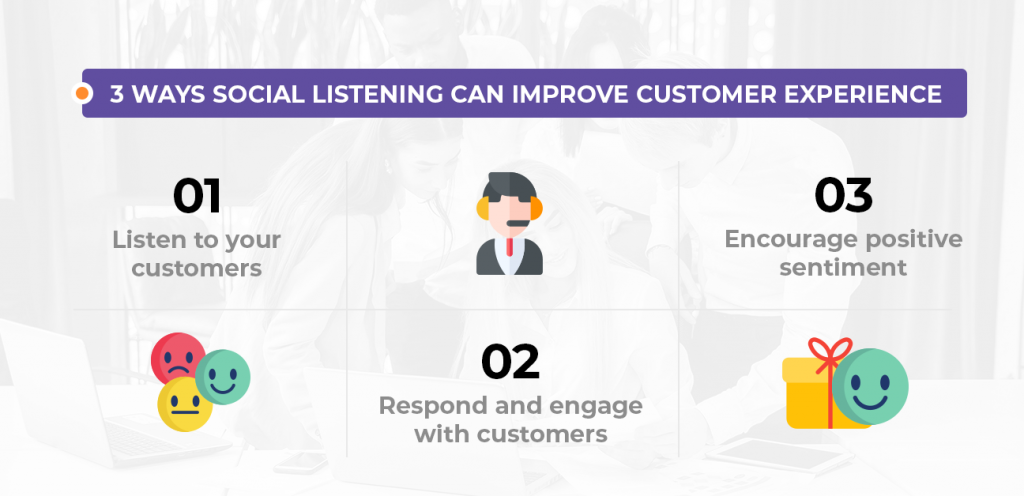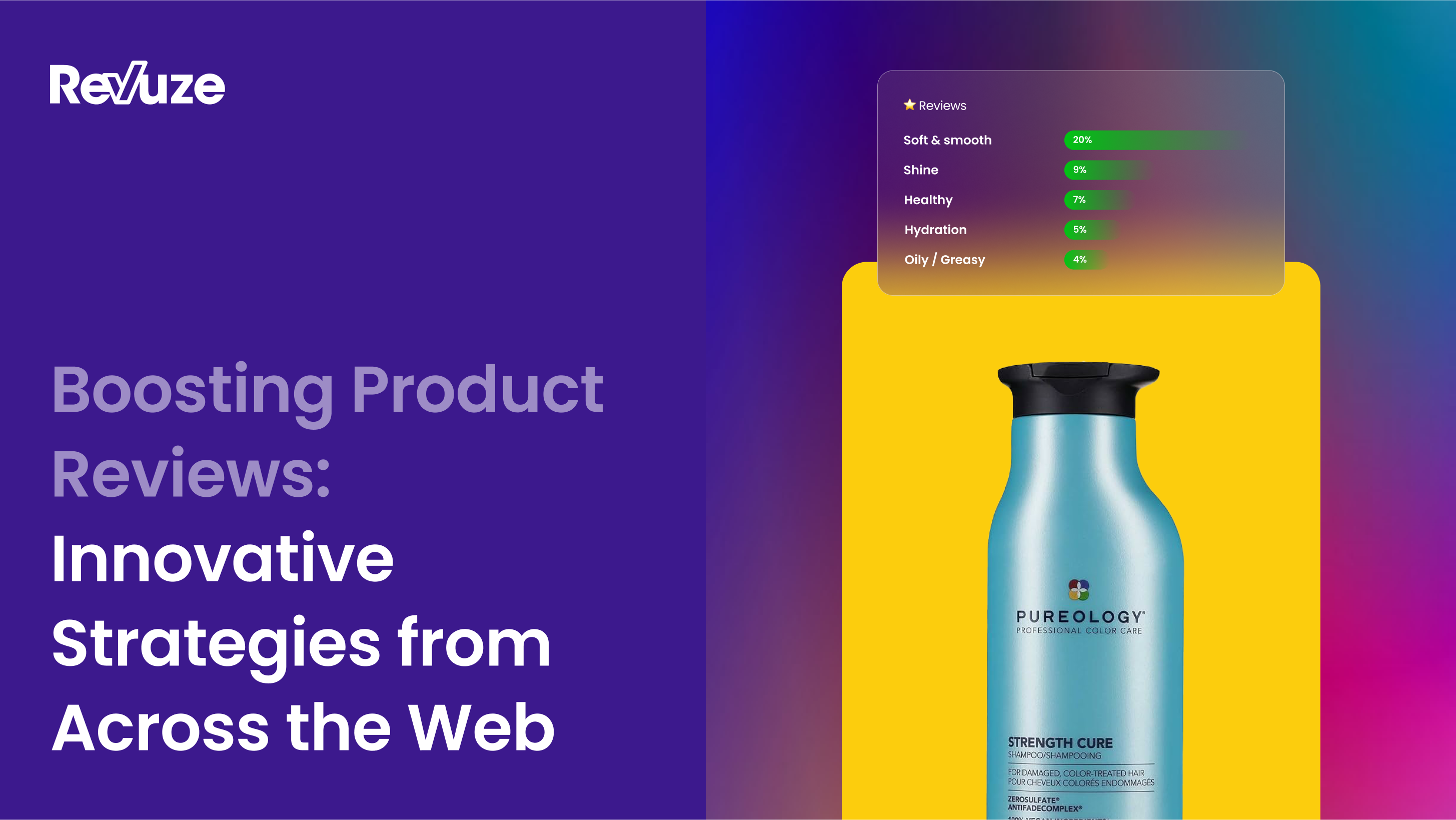
Social Media Listening Definition
In recent years, social media has become a vital component of our lives. Social media has made a major impact on both the private and business world, mainly since it differs from other modern media platforms. It is always On, searchable, shareable, and extremely public.
According to the latest inputs from Statista, Facebook has more than 2.4 billion users, Instagram has 1 billion, and 330 million use Twitter. Those are some impressive numbers. Businesses were found to be big social media users too. 91% of brands use maintain more than two social media accounts, and rightfully so.
Social media can provide brands with an opportunity to collect data for Customer Experience (CX) analysis. Customer Sentiment collection and analysis from social media is called Social Listening.
This article will explain what is Social Listening, discuss its importance, explore its effect on customer experience, and see how it can be used to improve sales and earnings.
What is social listening?
Social Listening is one of many CX analytics tools used to gather Customer Sentiment about a product or service.
Social Listening has two stages – First, specialized software monitors social media (Facebook, Twitter, etc.) activity and automatically detects all comments, posts and tweets mentioning a certain brand. This stage is called Social Monitoring. Later, the data is analyzed and classified as “positive,” “neutral,” or “negative.”
The data analysis is what differentiates Social Listening from Social Monitoring. The aim is a deeper understanding of customer sentiment as manifested on social media, or Social Sentiment. This information provides an extensive view of the market. The end result is an analysis of customer attitudes and a better mapping of the competition.
Why is social listening important?
According to a Harvard Business Review, brands that use social media to improve customer experience generate a more positive sentiment than their competitors.
Social media posts provide a glimpse into Social Sentiment – valuable insights on customer satisfaction or critique of a product or service. The information contains clues into what customers are missing in the current market, like certain products or new features customers would like to see in an existing one. Also, spotting customer dissatisfaction early on can prevent negative sentiment from spreading online.
Monitoring a brand’s social sentiment can provide crucial data that can be translated into better customer experience, which leads to brand growth and market dominance.
What is Customer Experience Management (CXM)?
Customer experience management (CXM) are the measures a business takes in order to track, monitor and design interaction with customers. The aim is to optimize customer experience and maintain customer satisfaction. Positive customer experience throughout the customer’s journey with a brand will create customer loyalty and improve revenues.
CXM is done using a combination of software, analytics, and research. Businesses collect and analyze data from different customer feedback sources, like online reviews, customer satisfaction surveys, emails and more. Since social media makes up a large part of customer’s interaction with a brand, social listening has become indispensable for successful CXM.
How big is the impact of social media on customer experience?
The impact social media has on customer experience is vast.It changed the way customers interact with businesses and how they share their experience with a product or service. A study by JD power found that more than 65% of customers use social media for customer service. That means that they are more likely to contact the brand via social media channels.
Customers will leave reviews, posts and comments on a brand’s social media page, where they are seen instantly by millions of potential clients. A picture or video are shared on social media within seconds, and can create a tsunami of negative sentiment about the brand. Guess that’s why Elon Musk took the time to reply personally to a customer’s complaint.
3 Ways social listening can improve customer experience
There are a few ways to improve customer experience with social listening, here are 3 of them:
- Listen to your customers – Monitor the conversations, posts, comments and tweets. Analysis of customer’s desires and needs will help you know how and what to improve. Moreover, customers like knowing that brands care about their feedback. Innovations and changes intune with customer satisfaction rates often improve sales and earnings.
- Respond and engage with customers – Manage responses and engagement with customers via social media to improve customer service. It is vital to answer customers, and fast. Most customers expect a reply within a range of under 4 hours, research shows. Social listening allows for better monitoring and faster response rates that improve customer experience.
- Encourage positive sentiment – Use social listening to find those “promoters” and make sure to amplify positive feedback. Make the most loyal and positive customers into advocates for the business. It only takes a few shares or tags.

How to use Social Listening in CX analysis
Social Media Listening provides valuable data for Customer Experience (CX) analysis. It gives up to date information and allows for real time customer experience management. However, it is only a partial view of customer experience. In order to obtain a more extensive CX analysis, brands need to use multiple feedback sources.
Revuze uses innovative AI technology that does just that. Revuze collects data from social media monitoring, online reviews, emails, surveys, call center data, and more. The data is scanned and analyzed automatically by self learning algorithms. The end result is a highly granular CX analysis, encompassing social sentiment and attitude. Reach out to find out more here.
 All
Articles
All
Articles Email
Analytics
Email
Analytics








 Agencies
Insights
Agencies
Insights